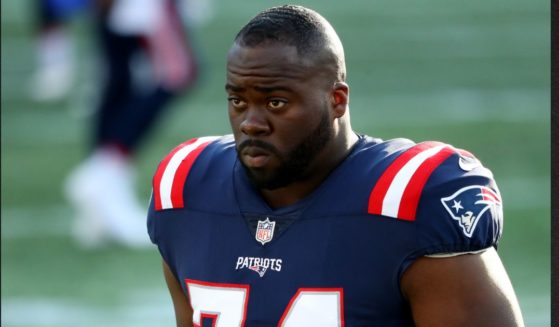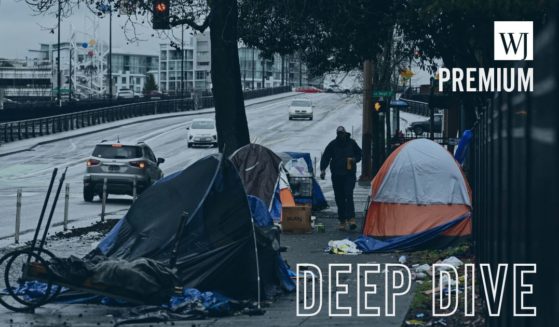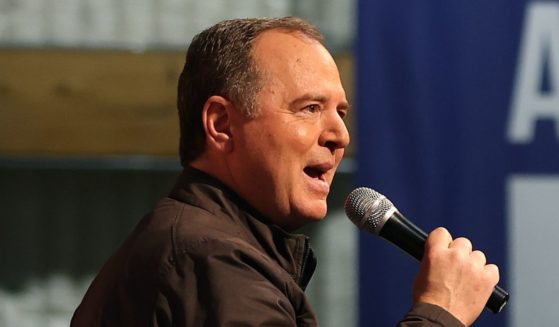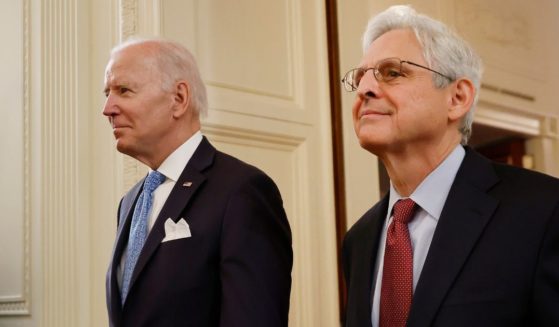Federal Officials Investigating Electric Self-Driving Vehicles Over Potentially Dangerous Problems
U.S. safety regulators are investigating reports that autonomous robotaxis run by General Motors’ Cruise LLC can stop too quickly or can unexpectedly quit moving, potentially stranding passengers.
Three rear-end collisions that reportedly took place after Cruise’s electric self-driving vehicles braked hard kicked off the probe, according to the National Highway Traffic Safety Administration. At the time, robotaxis were staffed by human safety drivers.
The agency also has multiple reports of Cruise robotaxis without human safety drivers becoming immobilized in San Francisco traffic, possibly stranding passengers and blocking lanes.
The reports of immobilized vehicles came from discussions with San Francisco-based Cruise, media reports and local authorities, NHTSA said in an investigation document Friday.
There have been two reports of injuries related to the hard braking, including a bicyclist seriously hurt last March, according to the NHTSA crash database.
The agency said it will determine how often the problems happen and potential safety issues they cause.
General Motors acquired a majority stake in Cruise when it was a startup in 2016. GM invested to take 80% stake in the company last May.
The current federal probe, which covers an estimated 242 Cruise autonomous vehicles, could bring a recall.
“With these data, NHTSA can respond to safety concerns involving these technologies through further investigation and enforcement,” the agency said in a statement.
Cruise spokesman Drew Pusateri said the company is cooperating in the probe, and that its vehicles have driven nearly 700,000 autonomous miles in a complex city with no life-threatening injuries or deaths.
“This is against the backdrop of over 40,000 deaths each year on American roads,” he wrote. “There’s always a balance between healthy regulatory scrutiny and the innovation we desperately need to save lives.”
He said police didn’t issue tickets in any of the crashes, and that in each case, the self-driving vehicle was responding to aggressive or erratic behavior of other road users.
“The AV was working to minimize collision severity and risk of harm,” Pusateri wrote.
In the clogged-traffic incidents, Pusateri wrote that whenever Cruise technology isn’t extremely confident in moving, it’s designed to be conservative, turning on hazard lights and coming to a safe stop.
“If needed, Cruise personnel are physically dispatched to retrieve the vehicle as quickly as possible,” Pusateri wrote. Such stoppages are rare and have not caused any crashes, he wrote.
NHTSA said Cruise reported the three rear-end accidents under a 2021 order requiring automated vehicle companies to notify the agency of crashes.
Reports of Cruise robotaxis becoming immobilized in traffic came from the San Francisco Municipal Transportation Agency and the San Francisco County Transportation Authority, the agency said.
Cruise vehicles might strand passengers in unsafe locations, such as travel lanes or intersections, increasing the risk to exiting passengers. And they can become obstacles to other road users, causing them to make unsafe maneuvers to avoid collisions.
“The vehicles may also present a secondary safety risk, by obstructing the paths of emergency response vehicles and thereby delaying their emergency response times,” NHTSA said in the document.
The probe comes at an important time for Cruise, which in June started charging passengers for autonomous rides without human safety drivers in San Francisco. It’s also a critical time for the self-driving-vehicle industry, with Google spinoff Waymo running a robotaxi service in the Phoenix area, with plans to expand to San Francisco. Other companies also are moving toward services without human safety drivers.
Cruise plans to expand the service to Phoenix and Austin, Texas. The company has been testing autonomous Chevrolet Bolt electric vehicles for several years.
In September, Cruise revealed that it recalled 80 of its driverless vehicles for a software update after one of the cars was involved in a crash that caused minor injuries.
Cruise told the National Highway Traffic Safety Administration that one of its vehicles was making an unprotected left turn at an intersection when it was hit by an oncoming vehicle. The Cruise vehicle had to be towed away from the scene, according to the regulatory filing.
The Western Journal has reviewed this Associated Press story and may have altered it prior to publication to ensure that it meets our editorial standards.
Truth and Accuracy
We are committed to truth and accuracy in all of our journalism. Read our editorial standards.












